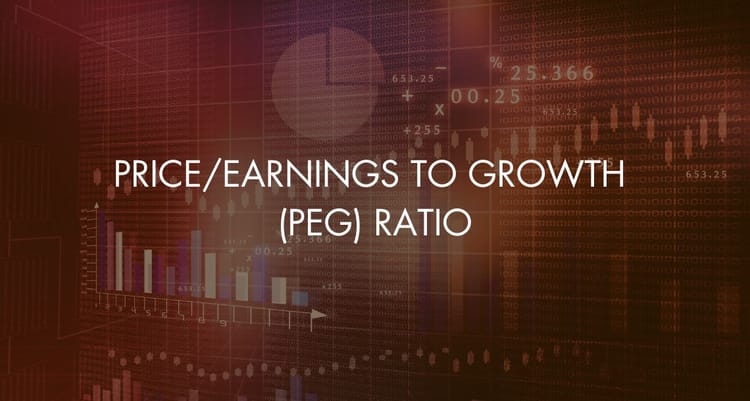The Significance of Earnings Per Share (EPS) in Stock Analysis

Earnings Per Share (EPS) is a crucial metric in financial analysis, serving as a barometer of a company's profitability on a per-share basis. It is extensively used by investors to gauge corporate performance, particularly in terms of earnings growth.
Understanding Earnings Per Share (EPS)
Earnings Per Share (EPS) represents the portion of a company’s profit allocated to each outstanding share of common stock, serving as an indicator of a company's profitability. It is calculated by subtracting preferred dividends from the net income and dividing the result by the number of outstanding shares.
Why EPS Matters in Investment Decisions
- Profitability Assessment: EPS helps investors identify companies with growing profitability over time. A consistently increasing EPS is often a sign of financial health and efficiency.
- Investment Valuation: Combined with other metrics like the P/E ratio, EPS can help investors determine if a stock is over or under-valued. A high EPS might indicate a robust business capable of generating significant profits relative to its share price.
- Comparative Analysis: EPS allows investors to compare the financial performance of companies within the same industry, providing a level playing field regardless of company size.
EPS Variants
- Basic EPS: Calculates net income divided by the total number of outstanding shares.
- Diluted EPS: Considers the impact of securities like options, warrants, and convertible securities on the total number of shares, providing a worst-case scenario if all were converted to common stock.
EPS in Decision Making
Investors often look at EPS growth to decide on their investments. Companies that demonstrate consistent EPS growth are typically viewed as more stable and secure investment opportunities.
Limitations of EPS
- Doesn’t Account for Capital Structure: EPS does not consider the company’s debt, and a highly leveraged company might still show a high EPS.
- Not a Standalone Metric: EPS should be considered with other financial ratios and metrics for a comprehensive analysis.
- Influence by Share Buybacks: Companies can artificially inflate their EPS through share buybacks, reducing the number of outstanding shares and thus increasing EPS without actual growth in profits.
Earnings Per Share is a vital tool in stock analysis, offering insights into a company’s profitability and growth. While EPS can provide valuable snapshots of financial health, it is most effective when used alongside other financial metrics and contextual analysis. Investors should use a holistic approach to financial analysis to make informed decisions about their investments
FAQs
Q1: What is a good EPS?
A1: A "good" EPS varies by industry, economic conditions, and company size. Comparing a company's EPS to its historical performance and industry peers can provide more context.
Q2: Can EPS decrease while net income increases?
A2: Yes, if the number of outstanding shares increases more rapidly than net income, EPS can decrease despite an increase in net income.
Q3: How does EPS impact stock price?
A3: Generally, a rising EPS is seen positively and can lead to an increase in stock price as it signifies financial health and profitability.
Q4: Is a higher EPS always better?
A4: Not necessarily. Investors should look at why EPS is high and whether it is due to genuine growth or other factors like share buybacks.
Q5: How often should investors check EPS?
A5: EPS is typically reviewed quarterly after a company releases its financial statements, though investors might look at annual trends for a broader perspective.






Member discussion